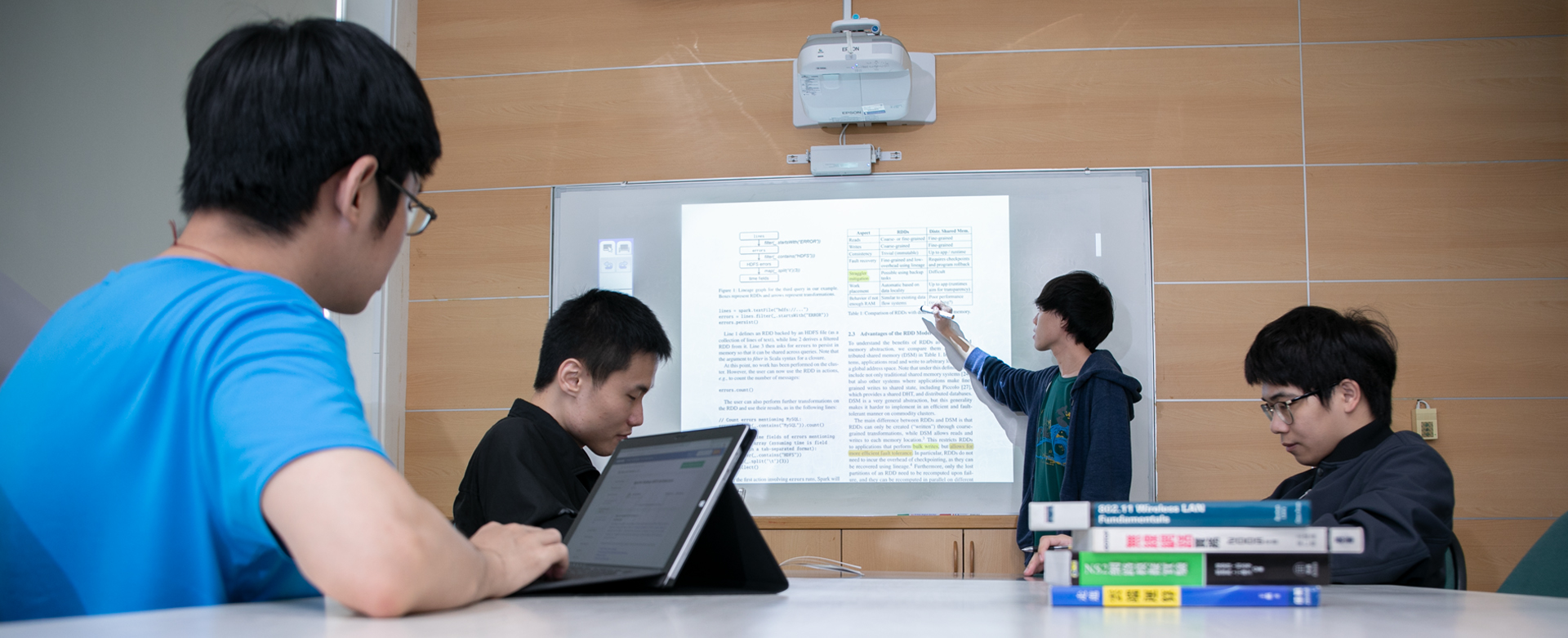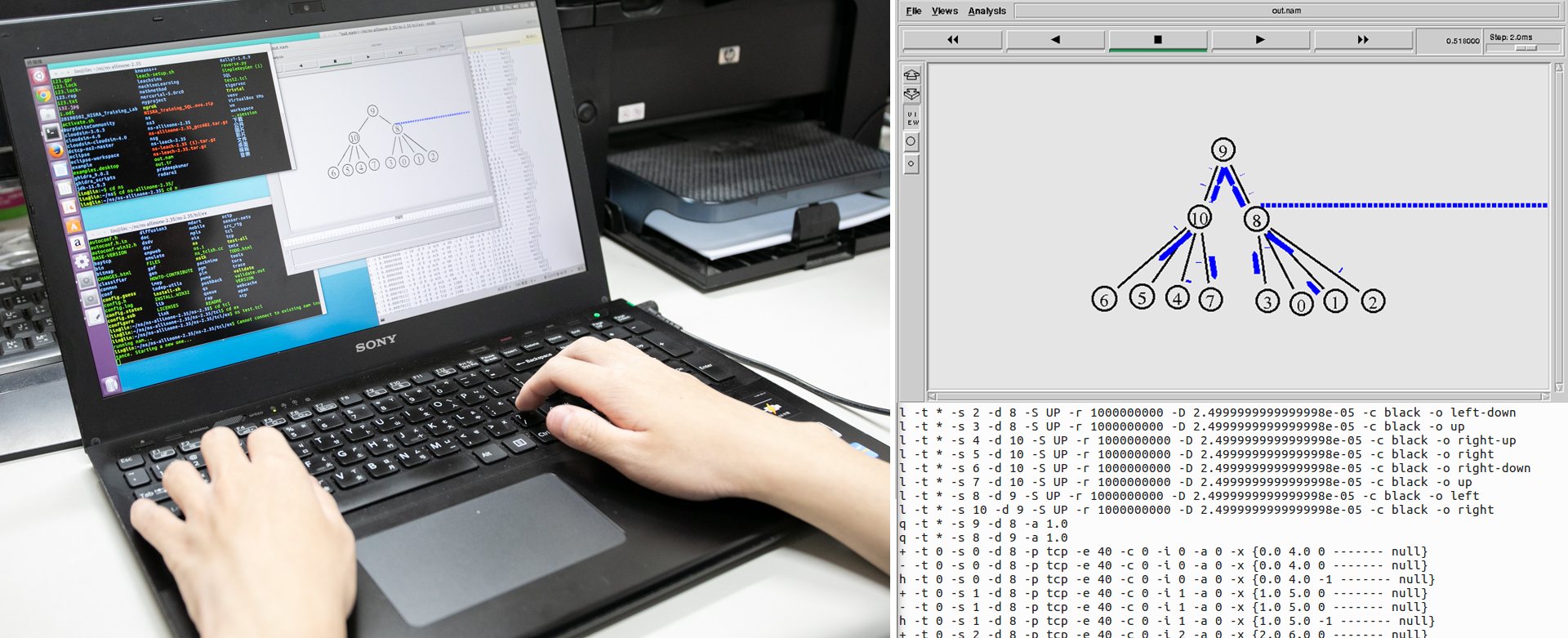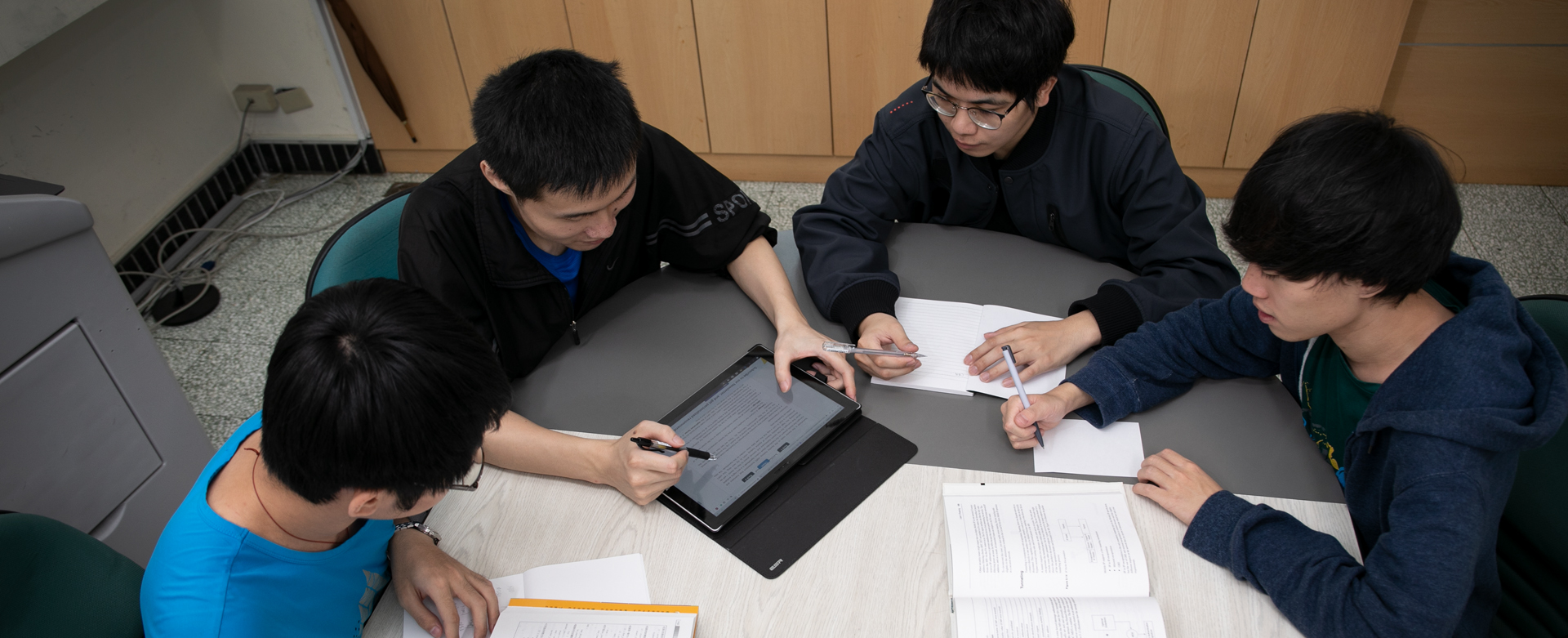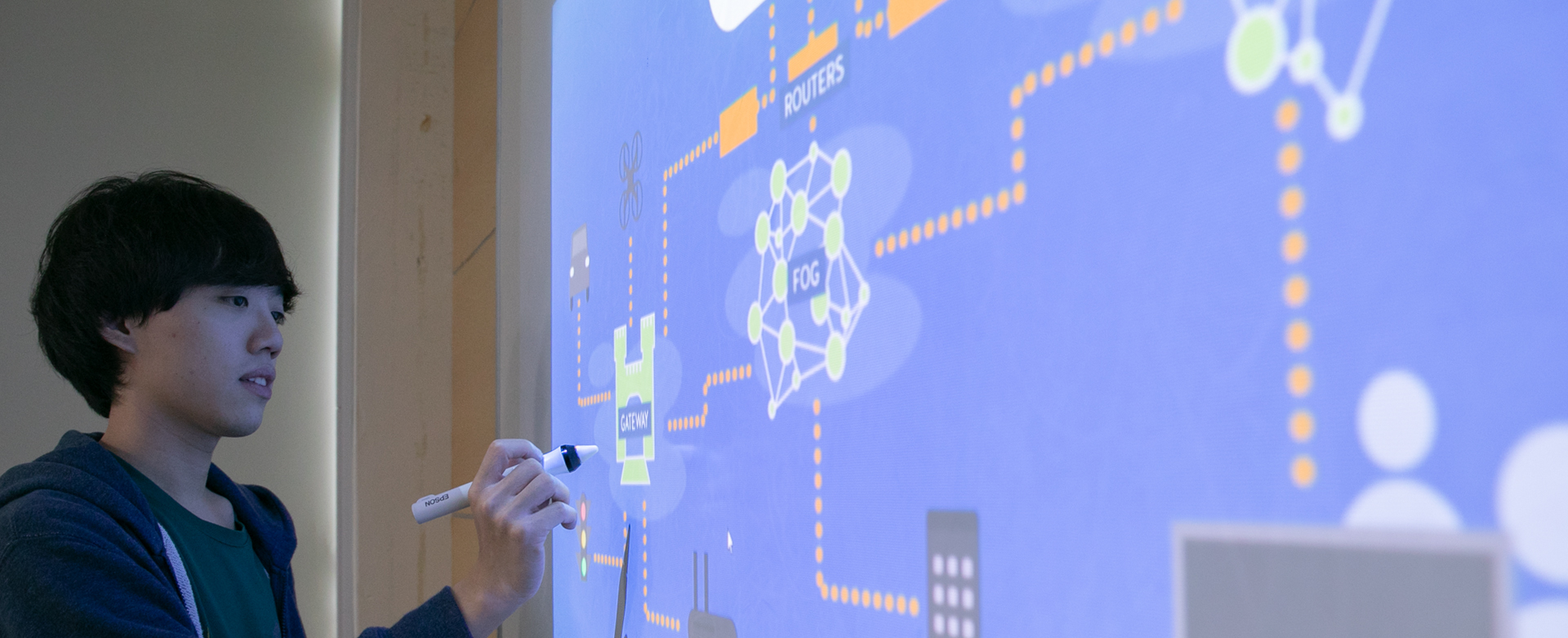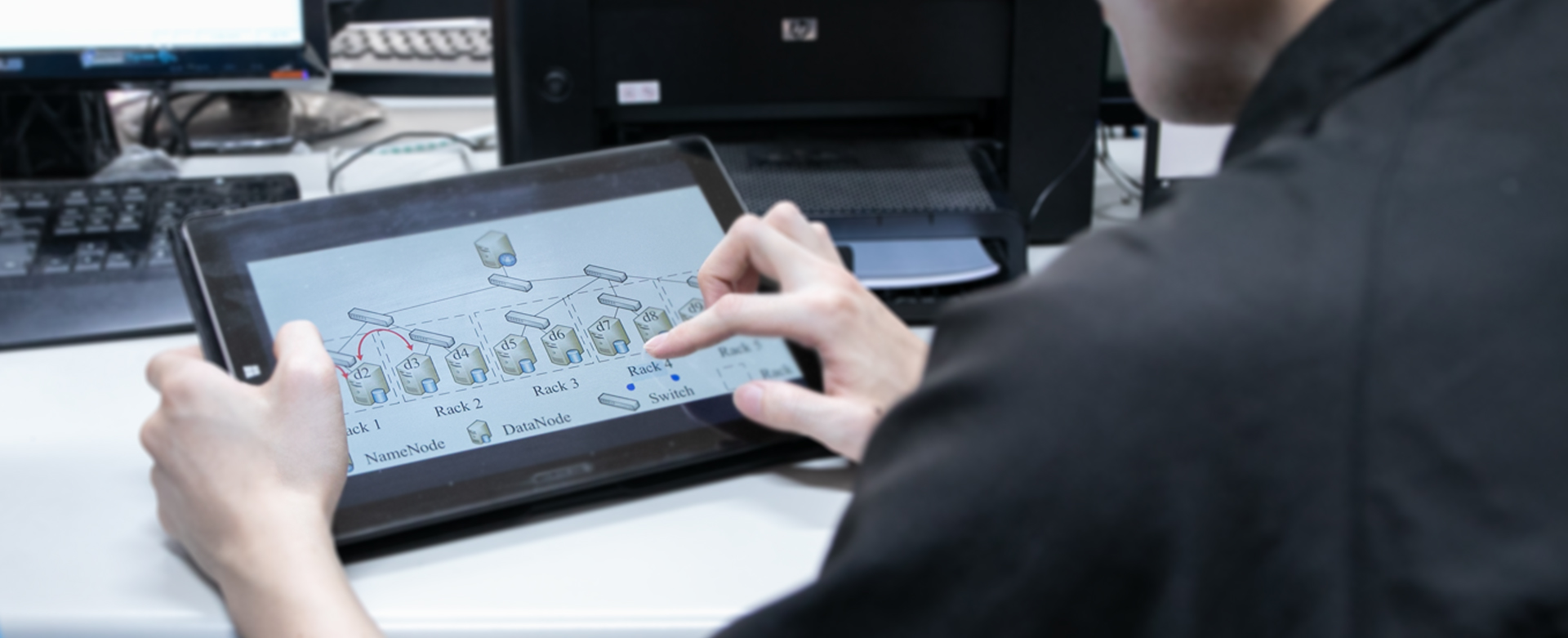Featured Scientist
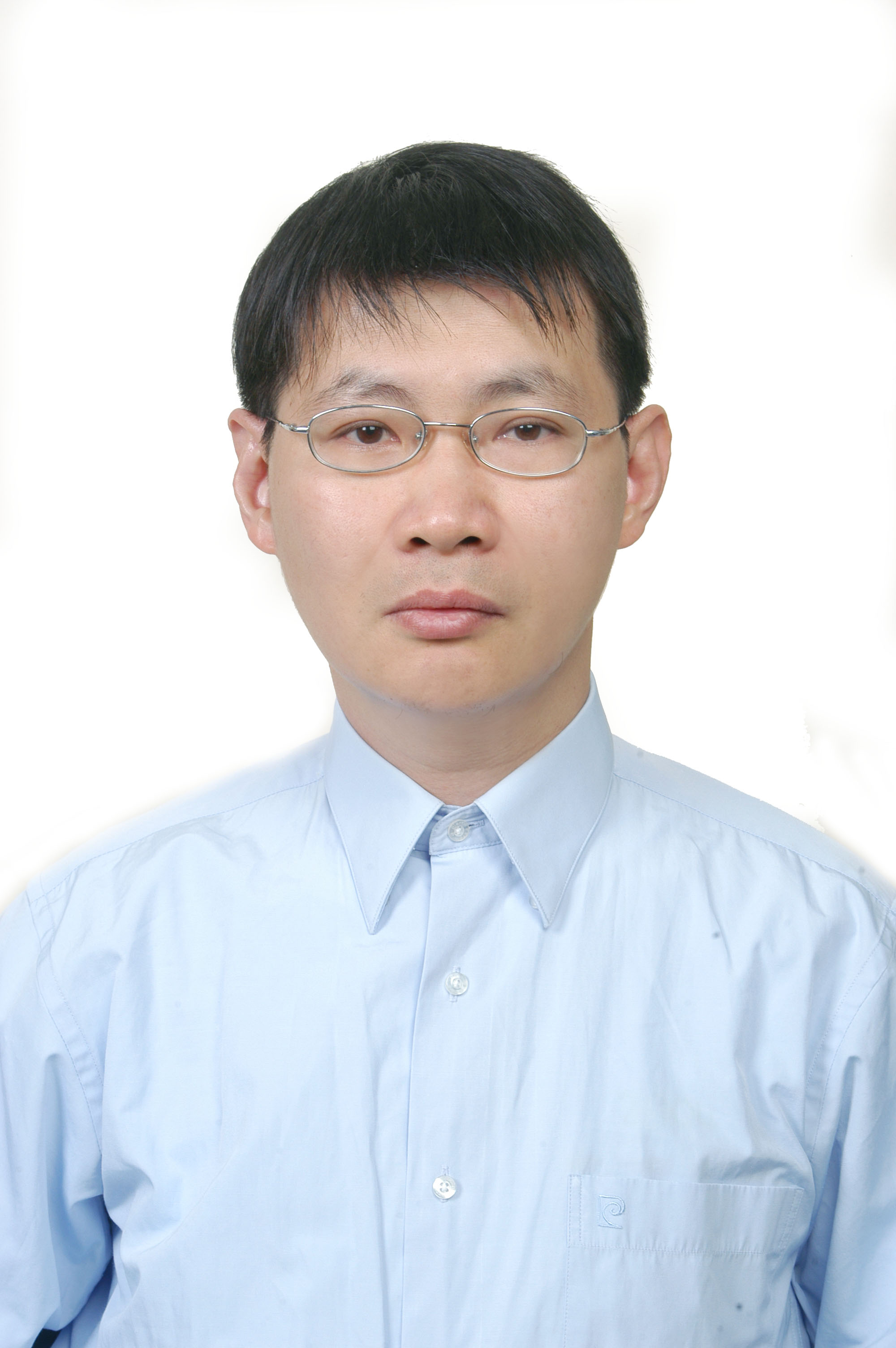
Jenn-Wei Lin, Ph.D.
College of Science and Engineering
Distinguished Professor
Department of Computer Science and Information Engineering
Jenn-Wei Lin is a Distinguished Research Professor in the Department of Computer Science and Information Engineering, Fu Jen Catholic University (FJCU), Taiwan. He is heading the Cloud Computing and Networks Laboratory in FJCU, which focuses on the research of cloud computing, Internet of things, blockchain, mobile computing and networks, and fault-tolerant computing. He has been in charge of many important research projects, such as Blockchain-based Cloud Platform for Medical Data Analytics, Software-Defined Servers for IoT Data Centers, Big Data Storage Management for Telecom Traffic, High-Performance Storage Mechanisms for Gaming Cloud Data cloud computing, etc. All research projects are sponsored by Ministry of Science and Technology, Taiwan. He was a researcher at Chunghwa Telecom Co., Ltd., Taoyuan, Taiwan from 1993 to 2001.
Cloud computing research and its applications
Cloud computing provides scalable computing and storage resources via Internet. It also enables users to access services without regard to where the services are provided and how they are delivered, similar to water, electricity, gas, and telephony utilities. With the flexible and transparent features in the resource allocation and service provisioning, more and more applications are developed in the cloud computing environment. Recently, our cloud computing research on the applications of medical data analytics and IoT.
Security and privacy are very important for medical records. Blockchain has the de-centralized, untemperable, and undeniable properties. It is extensively discussed how to integrate medical data and blockchain technology. The main goal of this sub-project is to design a highly reliable cloud platform for integrating distributed medical records based on blockchain technology. The cloud platform can provide medical records exchange, parallel data analytics, and computing resources for medical applications. We elaborate the cloud computing research for blockchain-based medical data analytics.
- Medical blockchain based cloud storage with data dependency: In the block structure of blockchain, transactions are integrated within a block based on their occurrence times. In a block, the transactions may have less dependency. Therefore, while integrating medical records from different hospitals in cloud storage, data dependency is required to be correlated. The medical records belonging to the same patient are integrated to be stored together. With dependency attachment, the medical records exchange and medical data analytics can be performed in an efficient manner.
- Cloud data analytics with the assistance of performance-aware scheduling: SPARK MLlib has been extensively used to develop parallel data analytics. We first use random forest machine learning algorithm to describe the parallel medical data analytics. However, the original scheduling of SPARK does not consider the different performance requirements of cloud programs and heterogeneous resources among cloud servers. To concern these two factors, we design a new SPARK scheduling to provide differential medical data analytics and application services.
- Adaptive cloud computing resource allocation and performance monitoring: Not all medical applications are suitable to be executed in the parallel manner. There are many applications based on the sequential execution manner. For such sequential-type applicatoins, their computing resources cannot be allocated by SPARK scheduling. Instead, the virtual machine (VM) is to be their execution unit. Similarly, different applications have different resource requirements expected from their corresponding VMs. In the third year, we focus on the research problem how to optimize the VM provisioning for multiple sequential-type applications in cloud computing platform. There also exists execution interference among VMs on the same sever. By monitoring the execution performance of applications, it can detect which high-priority applications are affected by low-priority applications. We will study how to mitigate the application performance affection using the VM migration.
With the rapid growth of Internet of Things (IoT), the data center must be set up for storing large amount of sensor data and executing various applications. It is important to design a software-defined server (SDSer) cloud platform for the IoT data center in order to efficiently execute IoT service and management applications. The server platform is with the energy-saving and SLA-guaranteed features. The SDSer is based on the virtualization technique to divide the computing resources of a physical server into several virtual machines (SDSers). Then, difference applications are run in such SDSers, respectively. Compared to the execution manner of a physical server with one application, the SDSers can efficiently utilize the whole computing resources of the IoT data center. The IoT based cloud computing research issues are elaborated as follows.
- Design of a two-stage energy serving SDSers platform. Due to the large amount of IoT data, the data is stored based on the distributed manner. When executing an IoT application, it needs to consider how to reduce the energy consumption due to data accesses. This consideration is deeply affected by the SDSer placement of the application. In addition, we also want to consolidate SDSers in few physical servers to further achieve energy saving.
- The designed SDSer platform with the awareness of both the service level agreement (SLA) and workload variation. With the consideration of energy saving, SDSers are consolidated in few physical servers. However, the current virtualization techniques cannot fully isolate the performance of two or more SDSers in the same physical server. Here, the performance SDSers will be affected by each other. If the performance affection will violate the SLA of an application running in a SDSer, one or more SDSers in the same physical server should be migrated to other physical servers. The SDSer migration is immune to the SLA violation.
- The solution of cloud parallelism to cope with the problem that an IoT application cannot be accommodated in any one physical server if the computing resource requirement of the application is very large.
